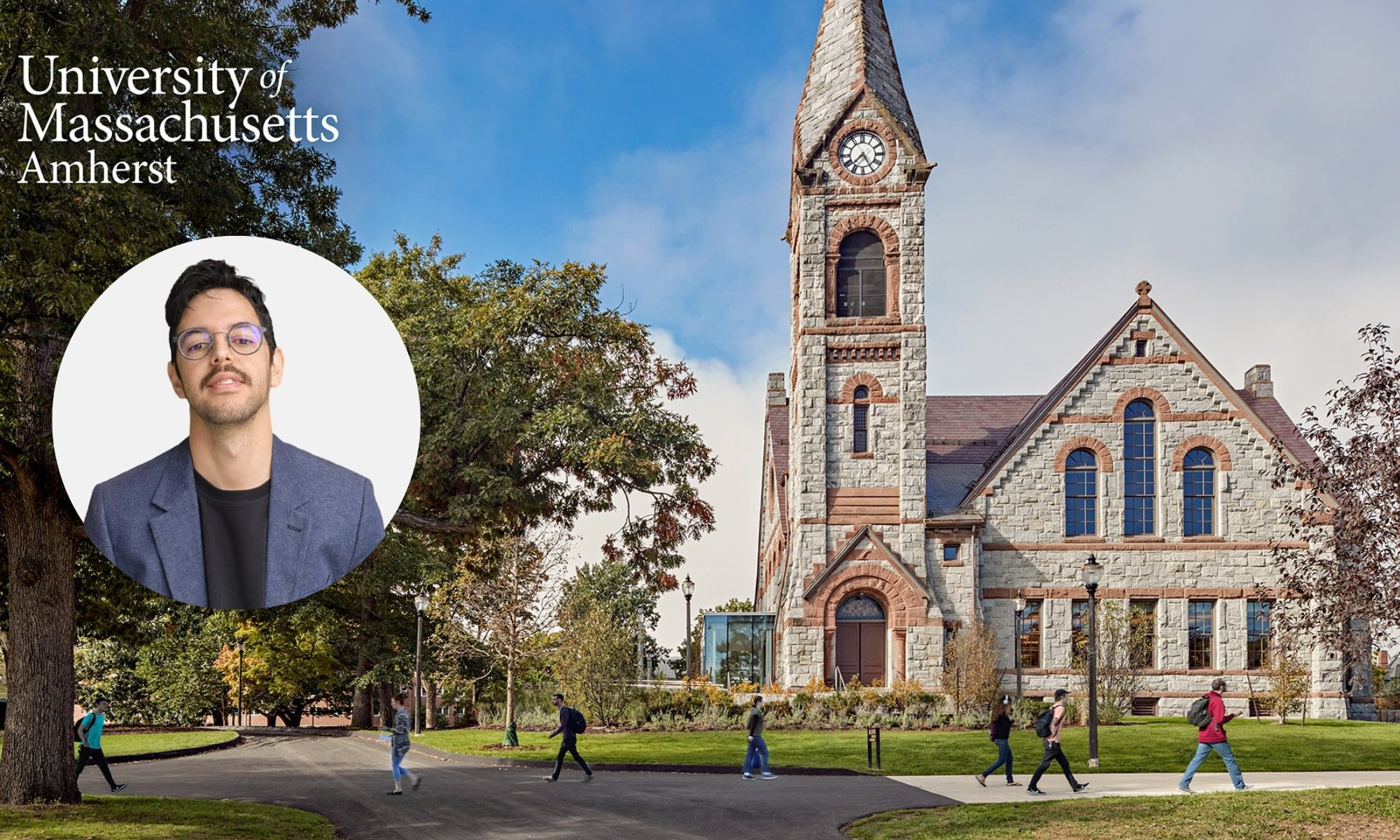Research Papers
- Variable and exceptional assimilation of the definite article l– in Moroccan Arabic: The aim of this research project is (i) to propose an analysis of the morpheme specific phonological behavior -total assimilation/gemination- of the Moroccan Arabic definite article l– when forming definite nouns and (ii) to understand and account for the variable behavior of nouns beginning in the palatal fricative [?] when undergoing this process.
- Distance-based Sibilant Harmony in Moroccan Arabic: The aim of this research project is to examine the variable patterns of regressive sibilant harmony in Moroccan Arabic. This process is triggered by the palatal fricative [?] and targets the alveolar fricatives [z] and [s], changing them to [?] and [?] respectively. The study investigates how factors such as the distance between harmonizing segments, the voicing of the target segment, and morphological complexity influence the likelihood of harmonization. Experimental results reveal that the distance between sibilants significantly affects harmonization, with shorter distances leading to higher likelihoods of harmonization. The study employs Agreement-by-Correspondence in Optimality Theory and Maximum Entropy grammar with lexically-indexed constraints to account for the observed variable distance effects and exceptional behavior of certain lexical items.
On-going
- The temporal stability of medial consonant sequences in Moroccan Arabic
- Augmentation in the Moroccan Arabic broken plural: a minimal size requirement (with Michael Becker)
Other Projects
Developing a Shiny App for MaxEnt learner with Hidden Structure (Advisor: Joe Pater):
In this project, I developed an interactive Shiny application, “MaxEnt with Hidden Structure in R“, designed to assist linguists in generating phonological grammars (weights) using a Maximum Entropy model. The app was built based on the existing HGR model developed by Staubs (2014). HGR finds solutions for learning problems (with or without hidden structure), generate distributions over forms, and performs online learning simulations.
In addition to creating the shiny app interface for the HGR model, I added two main features:
1- In cases where the training data come with raw frequency counts, instead of probabilities, I added the option of normalizing globally, not only within tableau as in the original HGR model.
2- I added the option to edit the generated weights and updating an existing grammar.
